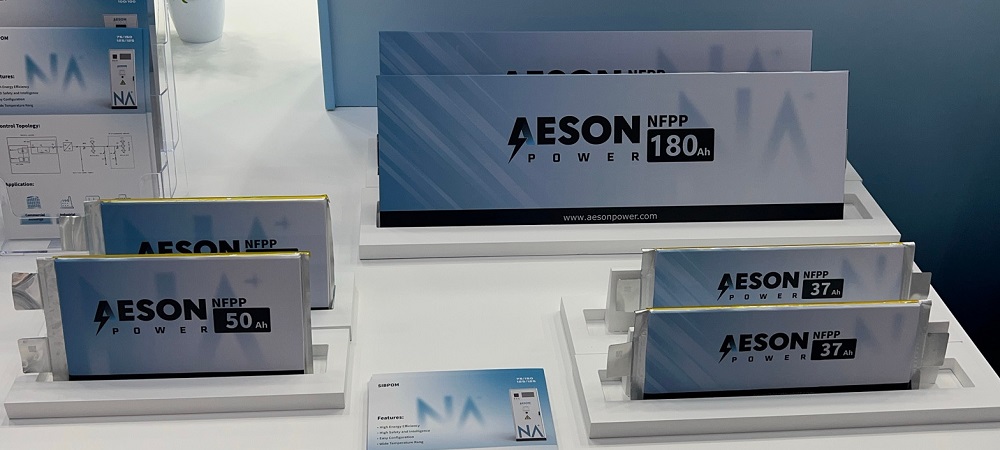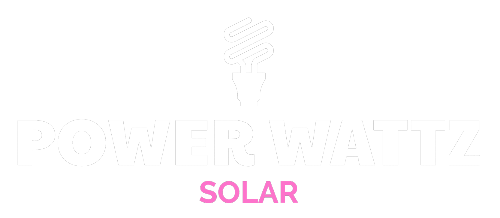
The continent’s largest solar power event now fills 18 very large rooms at the Munich trade show. Intersolar predicts greater than 200,000 visitors will see the almost 5,000 unique exhibitors showing off their hardware and services.
Breakdancing with Sungrow on the floor at Intersolar Europe 2025. The continent’s largest solar power event now fills 18 very large rooms at the Munich trade show. Solar Promotion Gmbh, the organizer of Intersolar, predicts more than 200,000 visitors will see the almost 5,000 unique exhibitors showing off their hardware and services.
Flexible, light, and colorful solar panels are still very niche products, however, they are expanding their product offerings and increasing technical qualities. Euronergy showed three color groups – orange, light green, and blue/dark green at their booth. The products offer efficiencies ranging from 16% to just over 21%, depending on the coloring. The team at the booth said there have always been installation locations that cannot take the standard weight of modules, but that aesthetics – which have always been a challenge – were becoming another sector to tackle. With their blue/dark green module having an efficiency of 21.17%, colored solar modules – while still less efficient than cutting-edge products – are definitely within the range of useful products.

Image: John Fitzgerald Weaver
The WindCube by Visala detects local wind speeds via lasers. The unit connects with utility-scale SCADA systems and aims to assist single-axis tracker installations to better protect itself from high winds. A single unit is generally placed at the leading edge of a solar facility where prevailing winds tend to arrive from. In this position they can give a facility a five to 10-minute advance warning of potentially damaging winds, allowing the tracker system to stow the solar modules in a protective position.
The automated solar cleaning robotic system from SolarCleano is designed to run day or night. The default unit is a dry cleaner that is designed for arid, low-humidity, regions. For non-arid regions, a second vehicle carrying water can be attached to the unit – but there was no mention of an automated unit yet. The largest unit uses a 5-meter wide brush for fixed racking installations and can clean up to 10 MW of modules per day, while the smaller 3-meter brush for tracking systems can clean up to 5 MW of modules per day. The company plans to publicly announce its new pickup truck-based wet cleaning system – called the E1 – in the coming days.

Image: John Fitzgerald Weaver
CNP Solutions is making subcomponents of battery cells – specifically the binding material that is inside of anodes. The young company knew that the industry’s focus on safety would make it harder to break into becoming a supplier, so they created their own rolling machine to test the application of their products. The six-roller system was on display showing how their binding material could be poured into the machine and smoothly spread out on the conductive surface of battery cells.

Image: John Fitzgerald Weaver
Aeson is deploying sodium batteries in cars and gridsized energy storage solutions. The company displayed its battery cells that are deployed or under development, ranging from 37 Ah to 180 Ah. Speaking with their very optimistic technical sales representative at the booth, the company believes sodium-based batteries – due to their inherently lower costs – could potentially rival lithium ion in the future once the product scales.

Image: John Fitzgerald Weaver
Unisolar displayed its balcony solar kit with several innovations included. The first is that they’re using frameless solar panels attached to a polycarbonate backsheet versus standard glass. Their technician said this made the modules lighter and better able to withstand wind or humans banging into them. Additionally, the company offers the modules in a series of colors – golden, silvery, copper, blue, and of course monocrystalline black.

Image: John Fitzgerald Weaver
Solyco shared their rooftop vertical solar panel system. The low-weight, very ‘short’ system has been getting deployed on green rooftops in northern latitudes. The vertical aspect of it allows for higher-than-expected generation at northern latitudes. Since the height is very low – along with very low weight – the systems can be deployed without ballast or mechanical rooftop attachments.

Image: John Fitzgerald Weaver
This content is protected by copyright and may not be reused. If you want to cooperate with us and would like to reuse some of our content, please contact: editors@pv-magazine.com.
Source link


